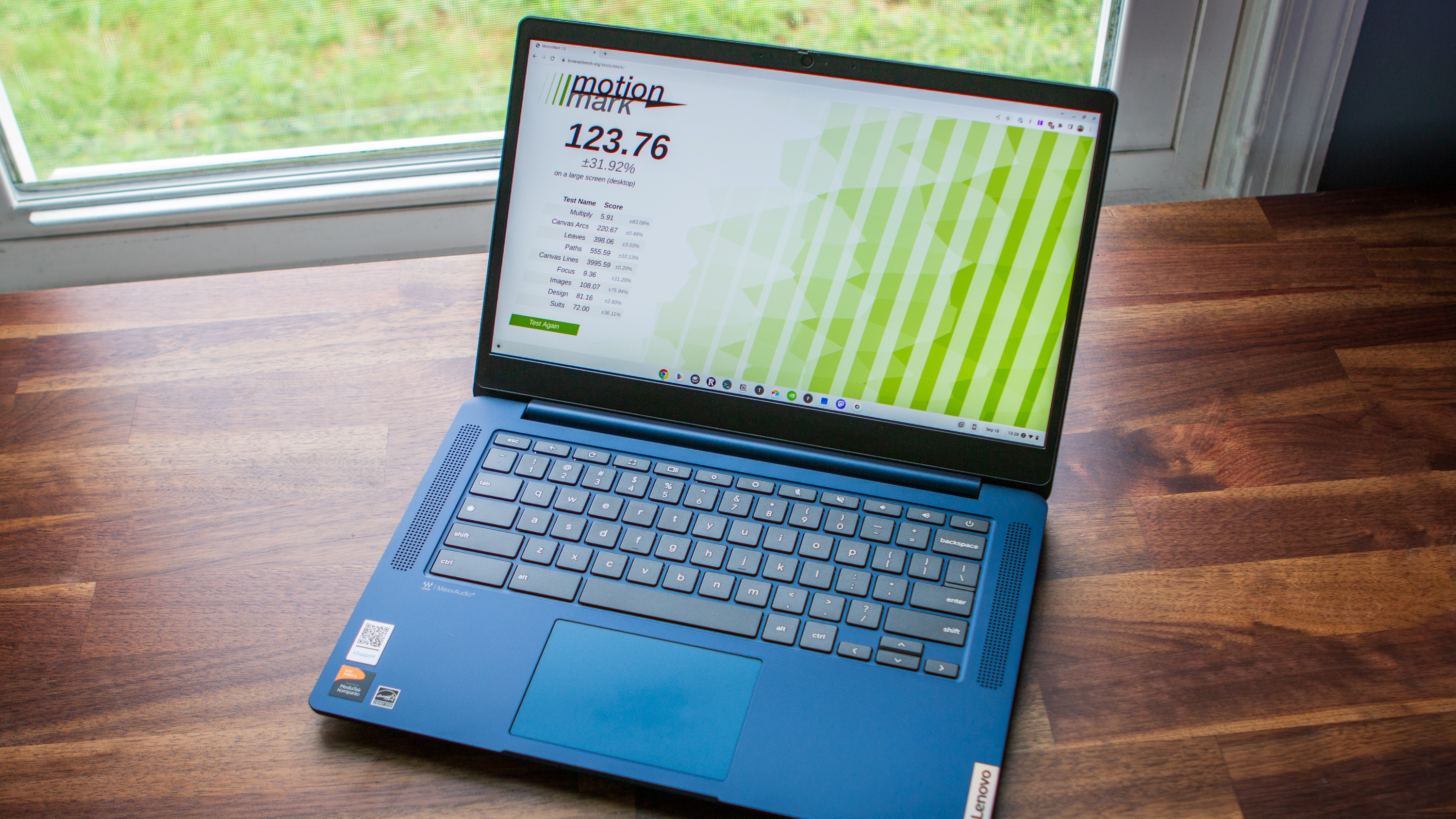Android Central Verdict
The WD Black P10 Game Drive is just about the best portable HDD you can get your hands on at the moment. It has a durable design, delivers consistent performance that averages out to 130MB/s — more than adequate for daily use — and it's sold in a 5TB version, giving you all the storage you could ask for. So if you want to moves games off your SSD or are looking for a portable solution to store media content, you'll like what the P10 has to offer.
Pros
- +
Consistent performance
- +
Good value
- +
Rugged chassis
- +
Plenty of storage for all your games
- +
Plug and play interface
Cons
- -
Slower than any SSD available today
- -
Uses USB 3.0 Micro-B connector
Why you can trust Android Central
The portable storage category has seen a seismic shift over the last 12 months, with SSDs overtaking HDDs as the default storage medium. A lot of this has to do with SSD prices nosediving on the back of excess availability. The result is that you can now get a 2TB external SSD like the Crucial X8 for just $99, making it a downright bargain.
But while SSDs have become much more accessible, there's still space for traditional HDDs, particularly if you need a drive with more storage. And that's where the WD Black P10 Game Drive comes into the equation. WD rolled out this external HDD nearly four years ago, and while it is billed as a gaming-focused drive, it is great for storing media as well — I use it to store thousands of photos and videos.
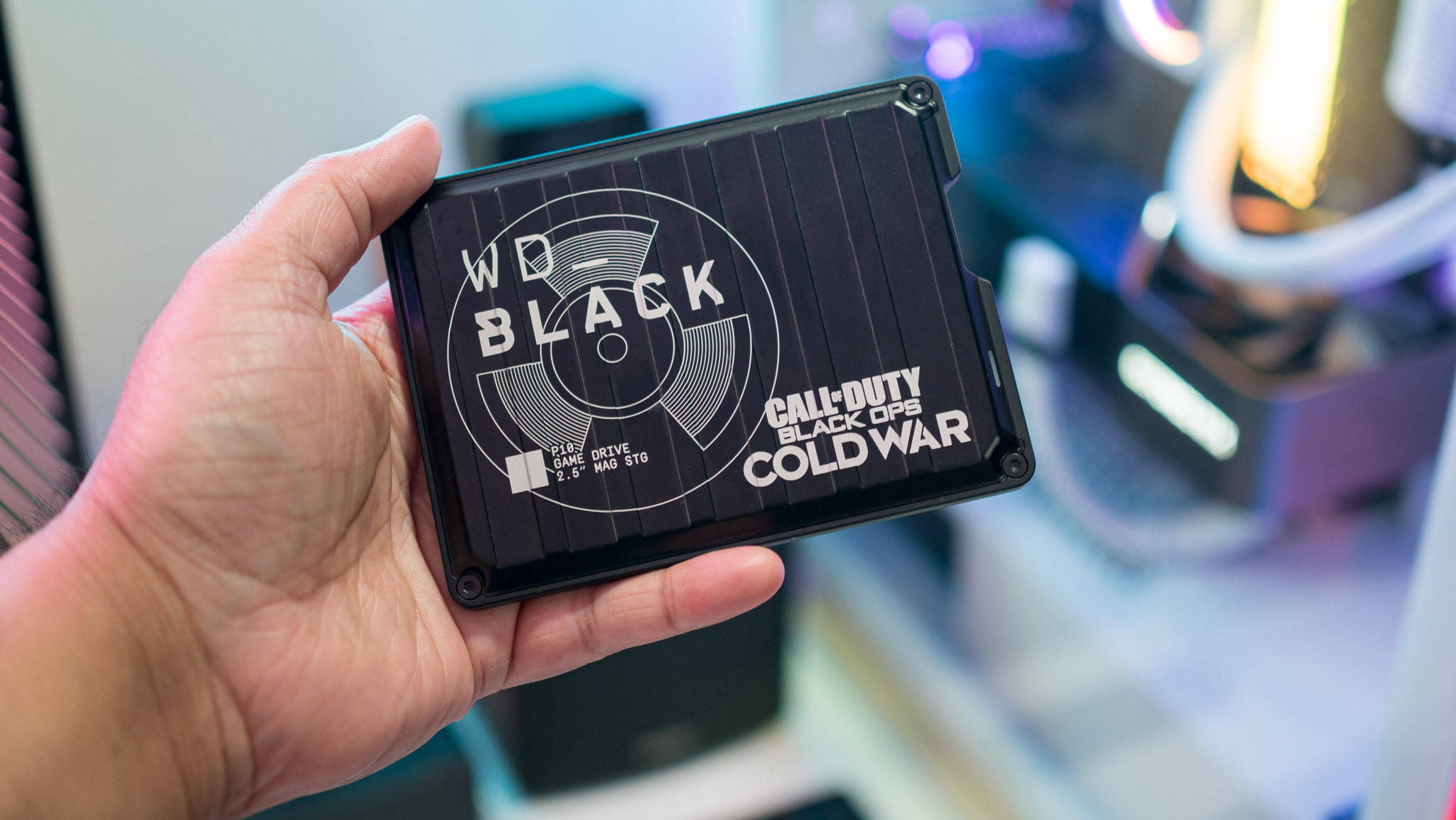
Right now, the 5TB version of the WD Black P10 is available for $118, and that's a great value when you account for the storage you're getting. The drive itself has a rugged chassis and is built to last, and the sleek design combined with effortless portability makes it a great choice as a daily-use external storage medium.
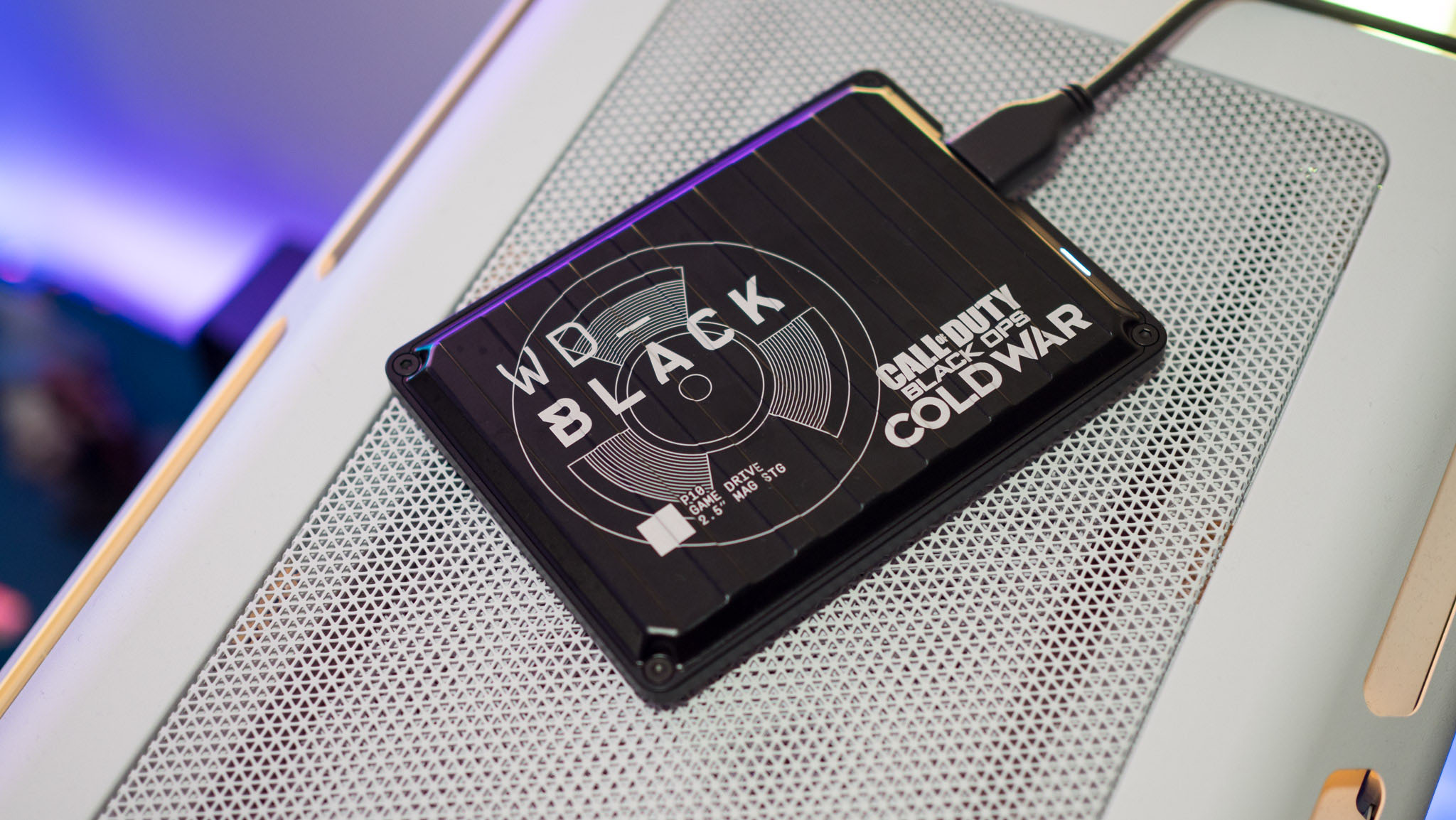
The P10 houses a 2.5-inch HDD, and it has proven to be reliable in daily use. I used it to transfer files to and from my primary NAS — a DiskStation DS1522+ — and it averaged 110MB/s, a decent figure. It also fared well in synthetic tests, scoring 124MB/s for sequential reads and 122MB/s for sequential writes.
Accessing the P10 is about as straightforward as it gets; just plug it into any USB-A port, and you'll see the drive show up. It works seamlessly on Windows and macOS, and can be used with the Xbox Series X/S and the PlayStation 5 as well.
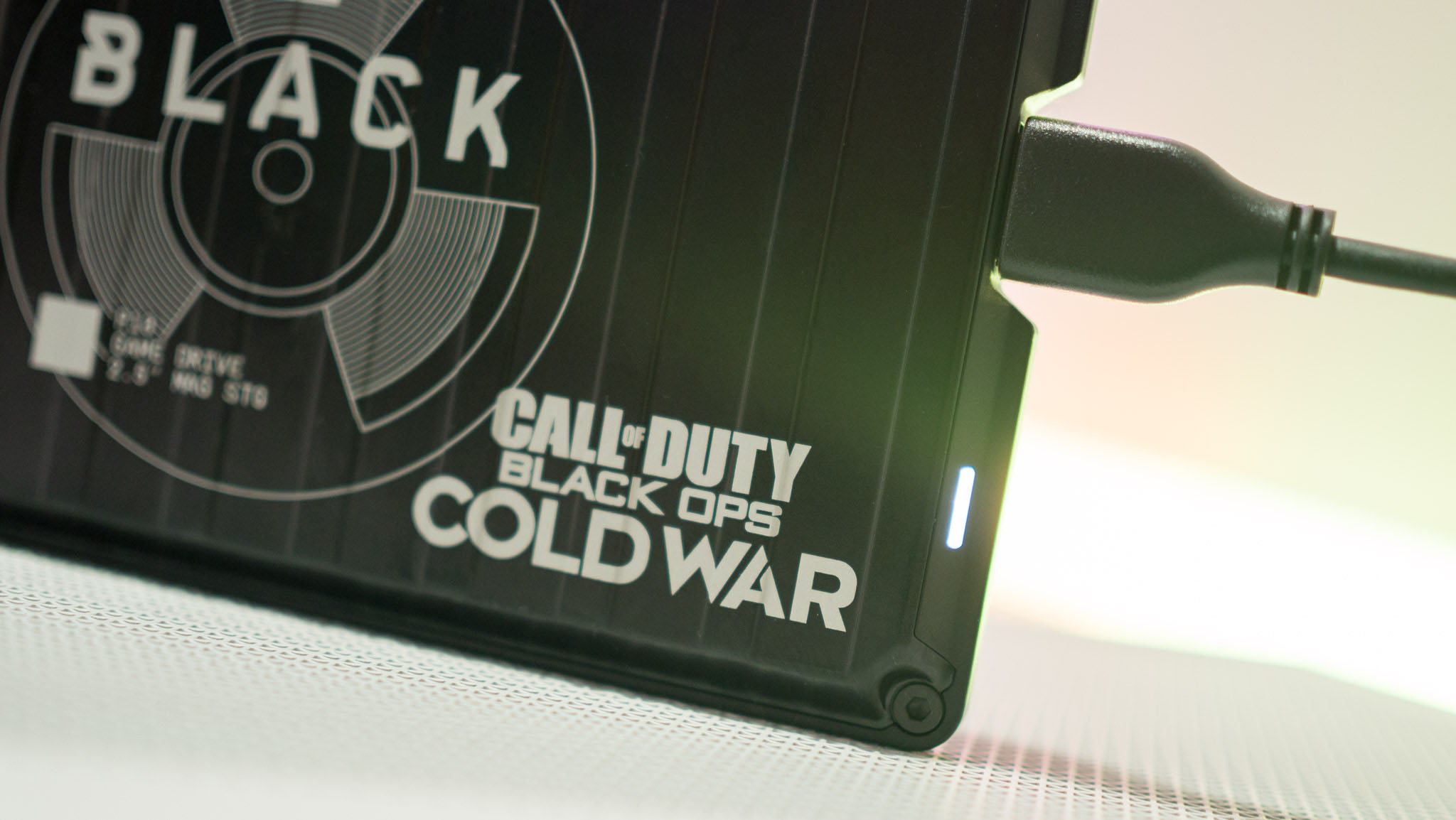
Now, the P10 isn't without its issues. The biggest downside is that it uses a USB 3.0 Micro-B connector, so you can't just use a USB-C to USB-C cable to connect it to devices — you'll need to bring the bundled cable along. As someone that always forgets to do so — or loses these cables — this is an annoyance, and while I understand that WD initially launched this product before USB-C became ubiquitous, there's nothing preventing the brand from rolling out an updated variant with a USB-C connector.
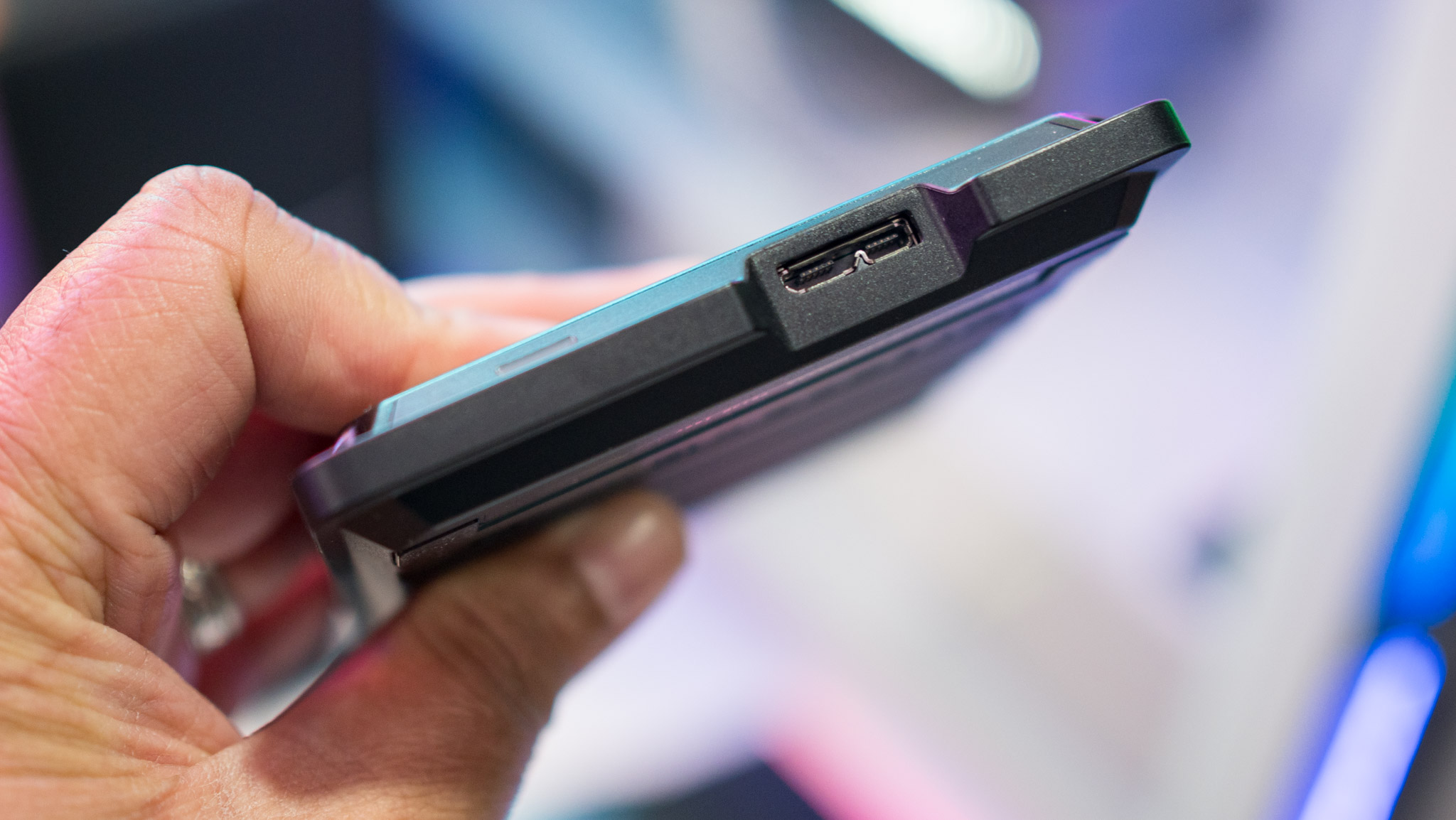
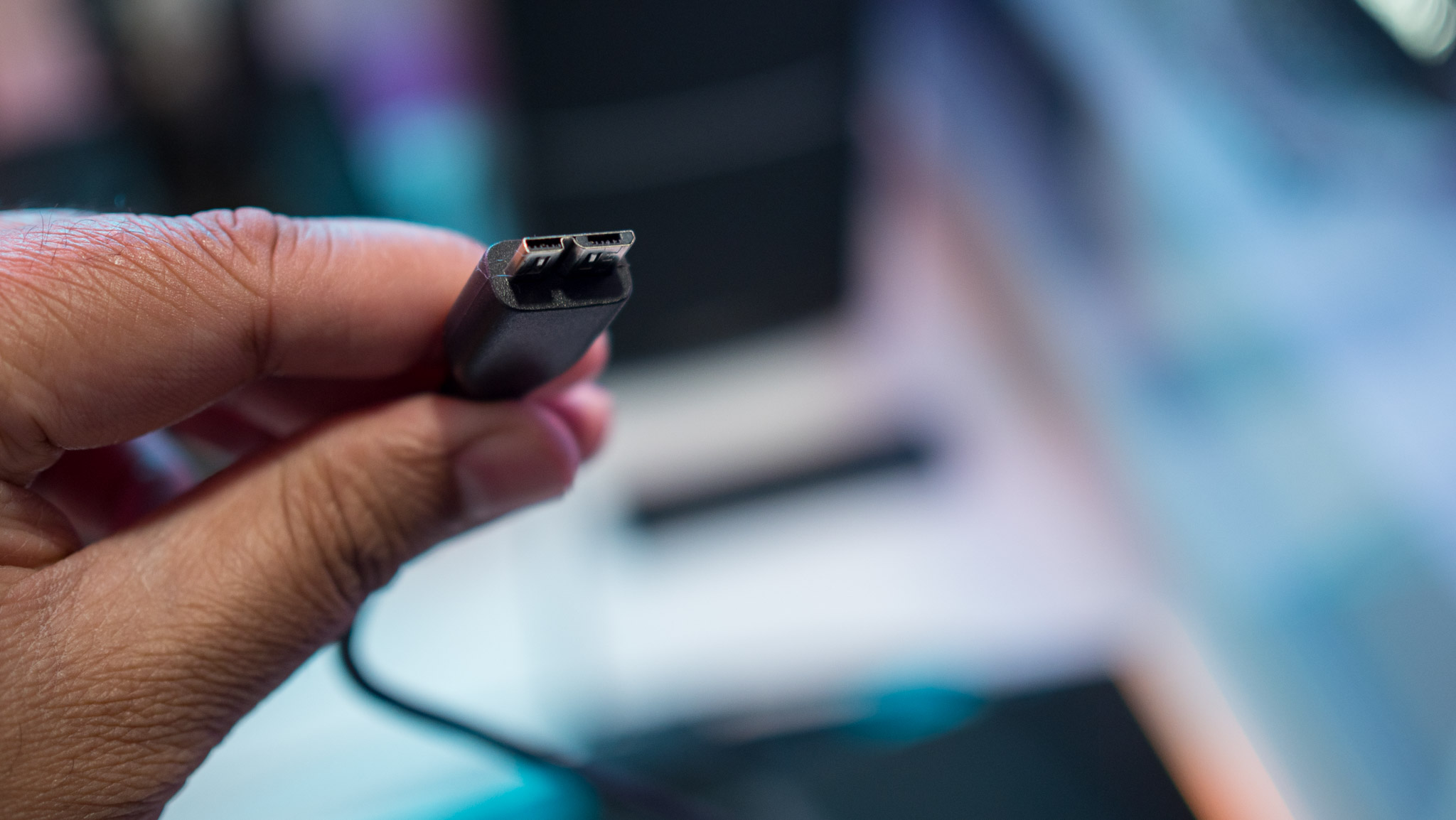
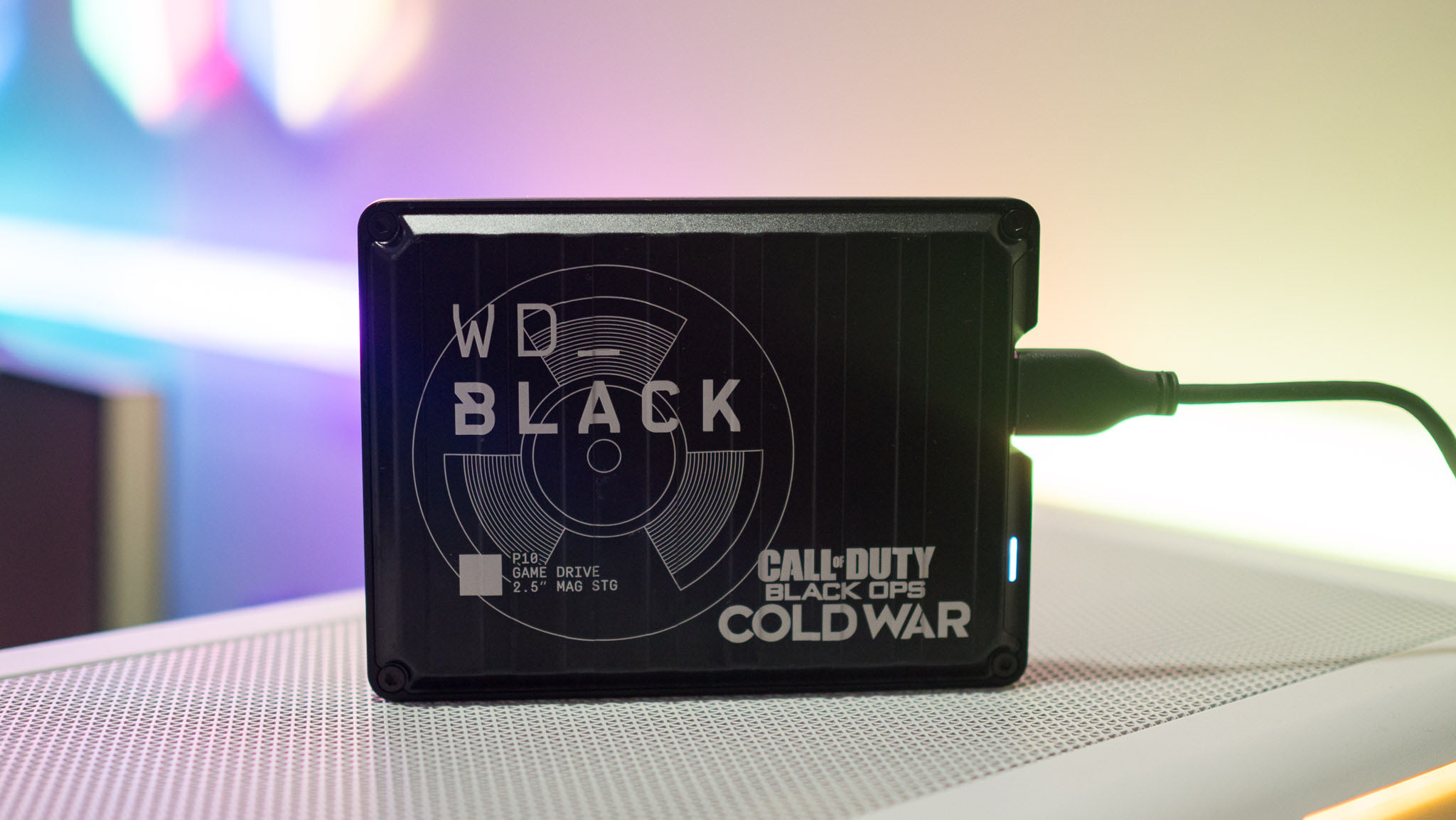
The only other downside is that you're trading storage space for sheer performance. While transfers of 130MB/s should be adequate for most users, the P10 doesn't come anywhere close to even the most affordable external SSDs in this area, which easily hit over 500MB/s without breaking a sweat. That Crucial X8 SSD I listed earlier is also available in a 4TB version that goes for $199, and it hits 1,050MB/s for sequential reads.
Get the latest news from Android Central, your trusted companion in the world of Android
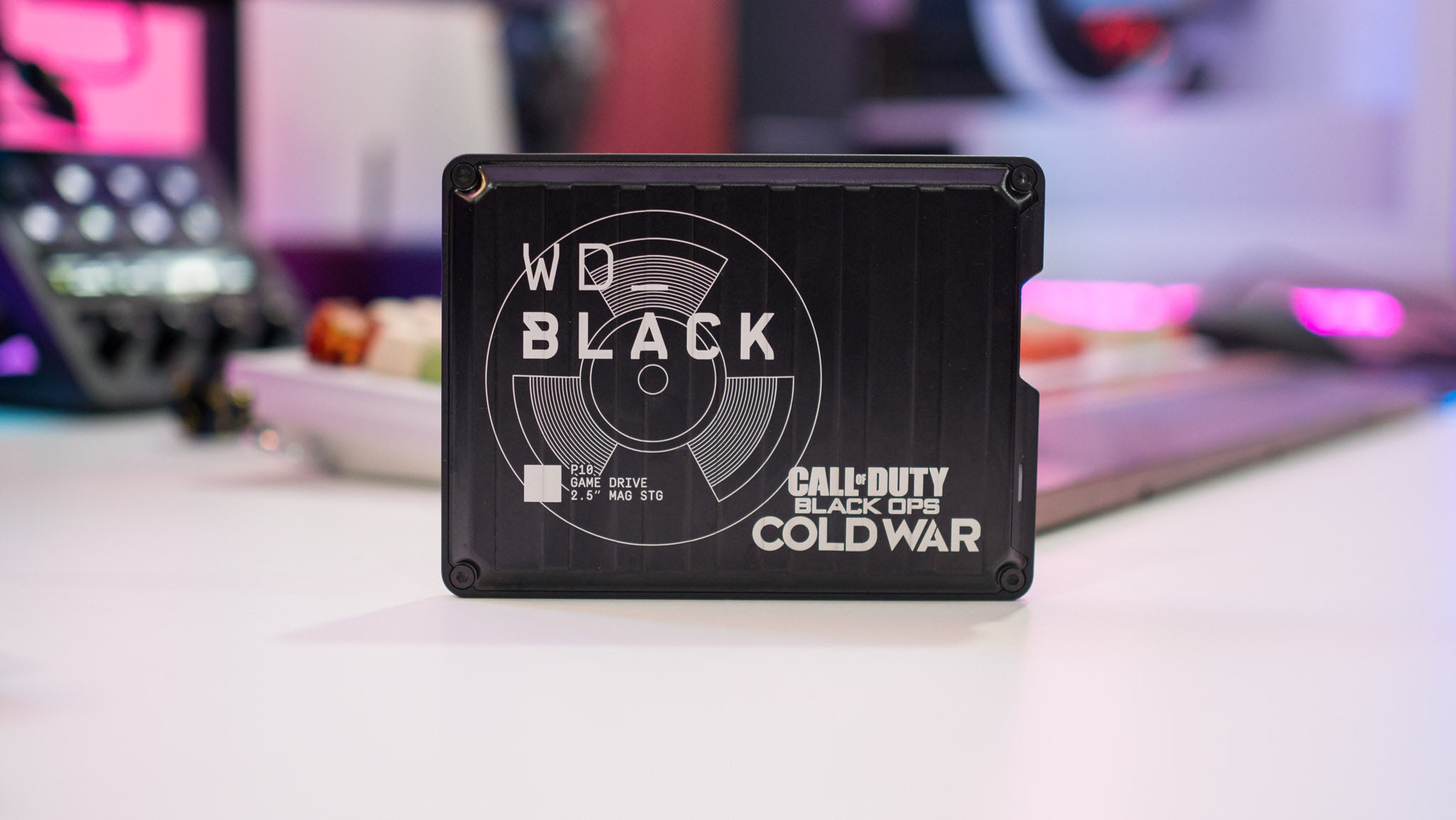
With the P10, your cost per gigabyte of storage comes out to $23.6, and with the X8 SSD, that figure is more than doubled to $49.75. Of course, the X8 has significantly faster transfers and solid-state tech that doesn't use a mechanical drive platter. But if you just need an external drive for storing photos, videos, games, and other media and are looking to maximize the value, the P10 cannot be beat. An HDD is still a great choice for long-term data storage, and the P10 also doubles up as one of the best external drives for the NVIDIA Shield TV.
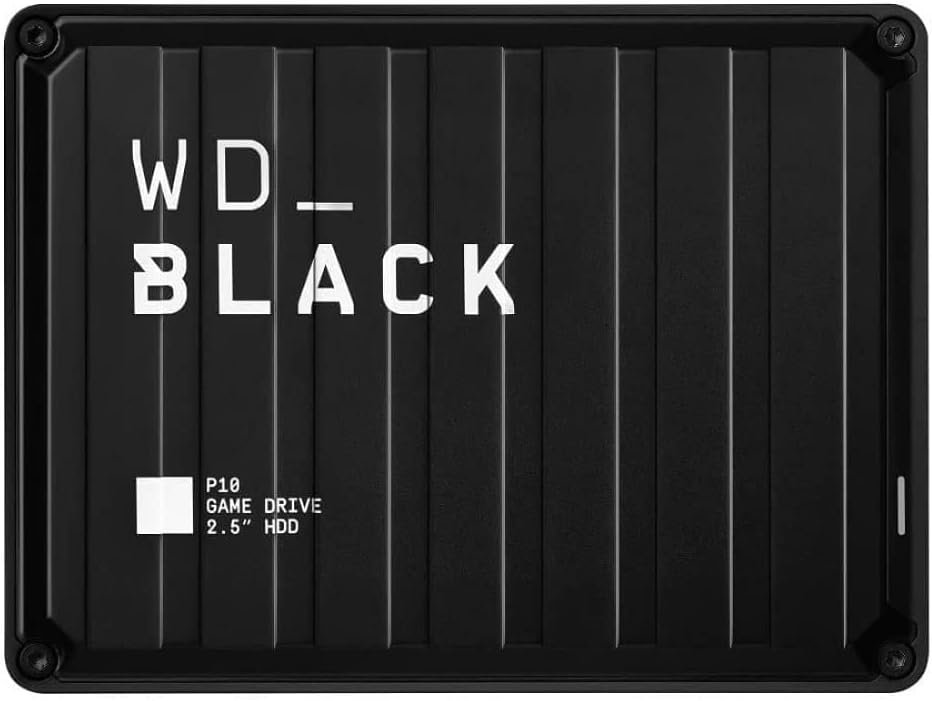
With up to 5TB of storage and a rugged chassis that's designed for portability, the P10 has all the features you're looking for in a portable HDD. The drive also doubles as a viable storage medium if you're looking to run Plex off the NVIDIA Shield TV.

Harish Jonnalagadda is Android Central's Senior Editor overseeing mobile coverage. In his current role, he leads the site's coverage of Chinese phone brands, networking products, and AV gear. He has been testing phones for over a decade, and has extensive experience in mobile hardware and the global semiconductor industry. Contact him on Twitter at @chunkynerd.


